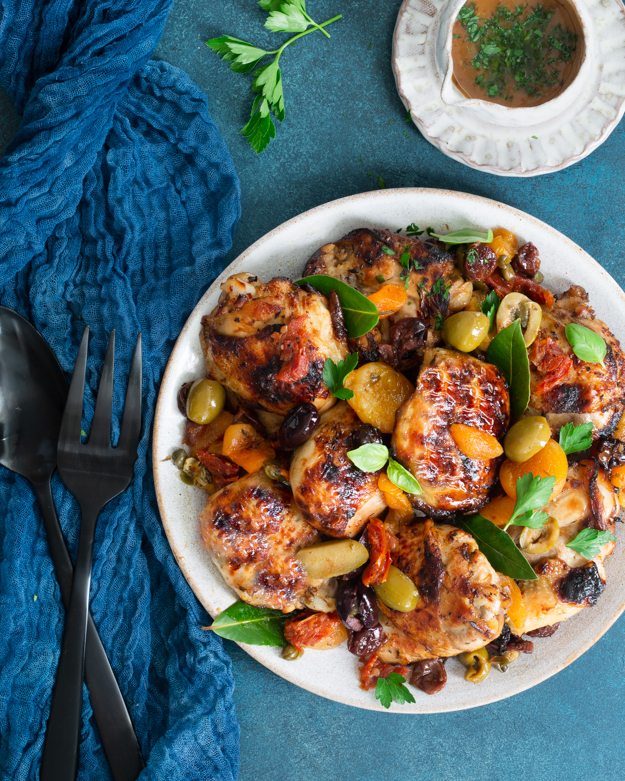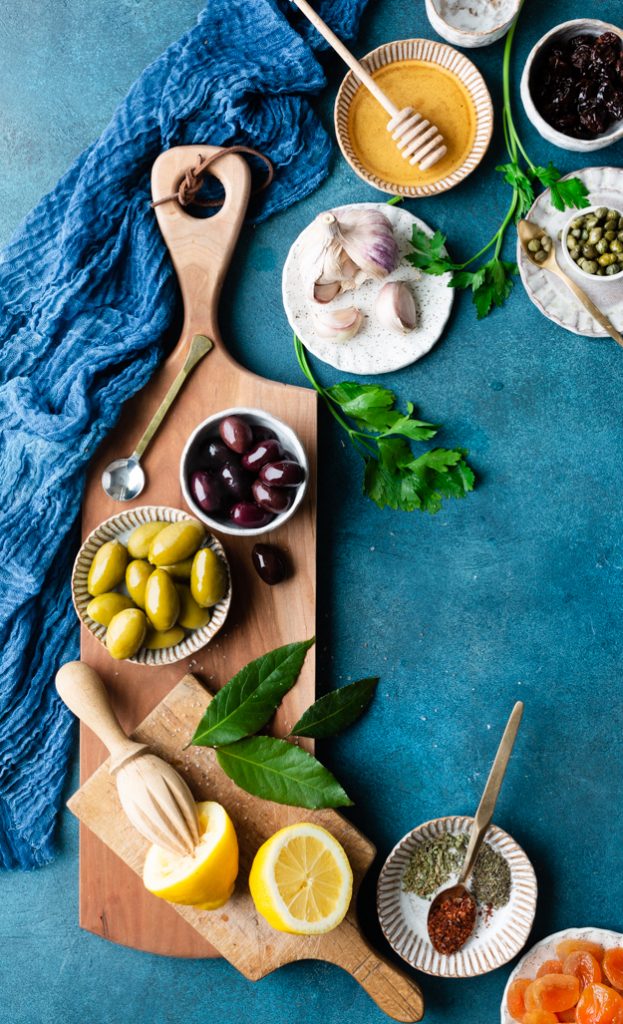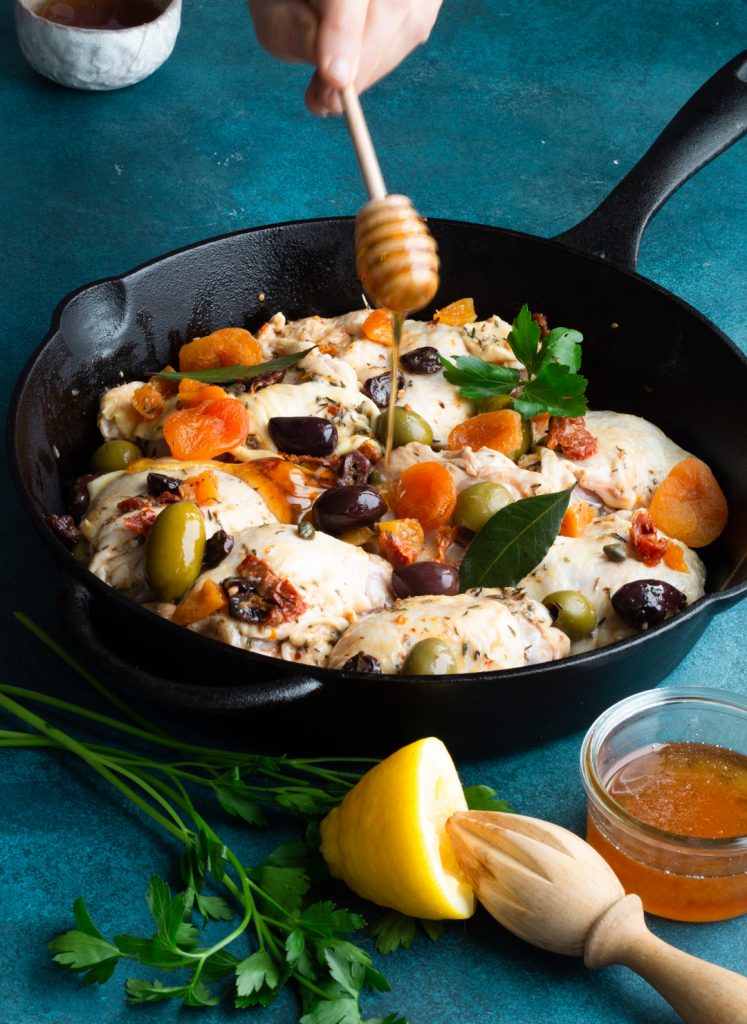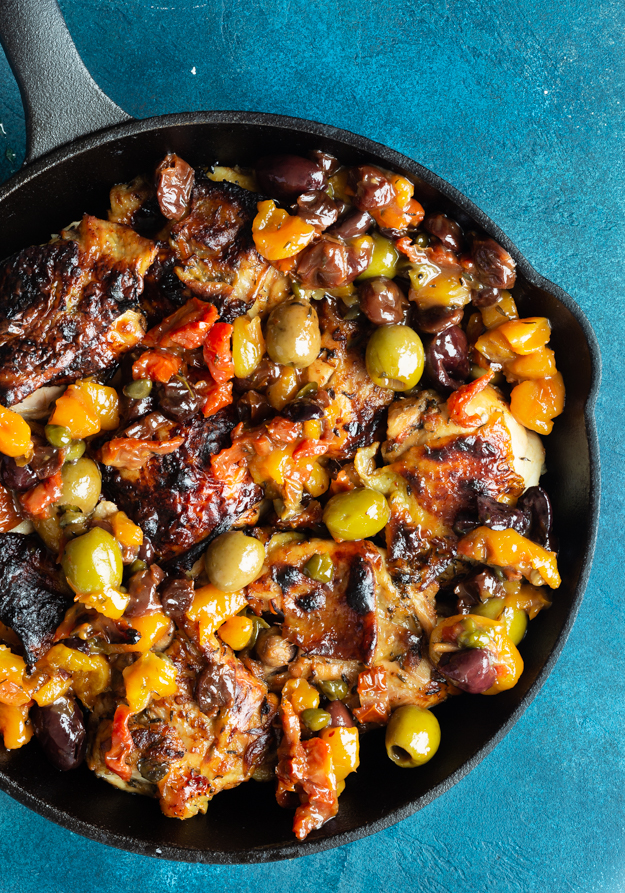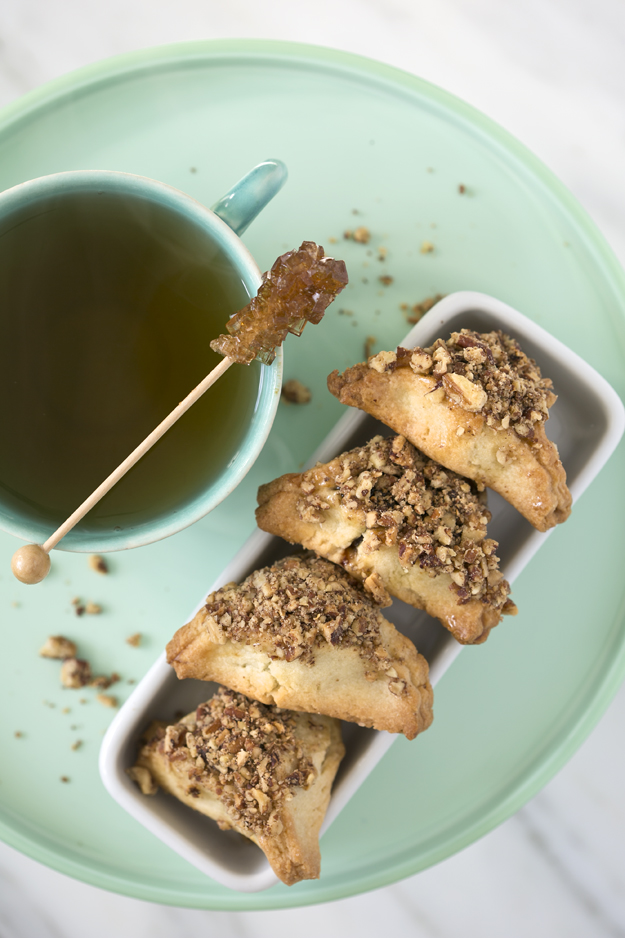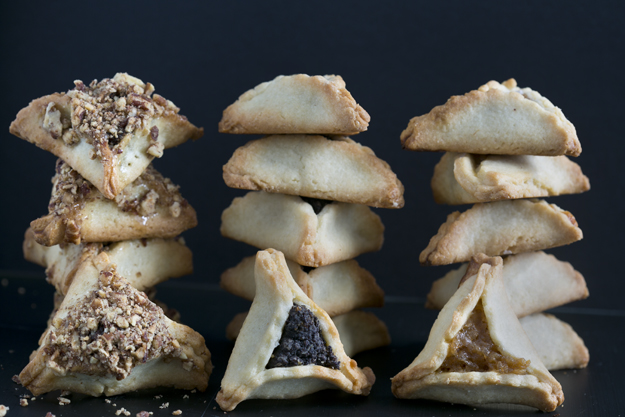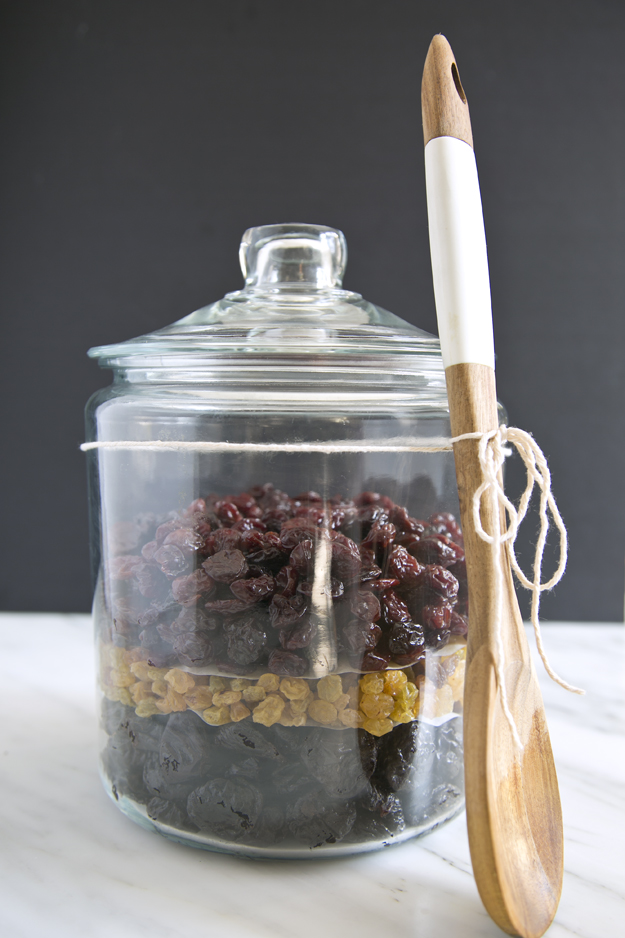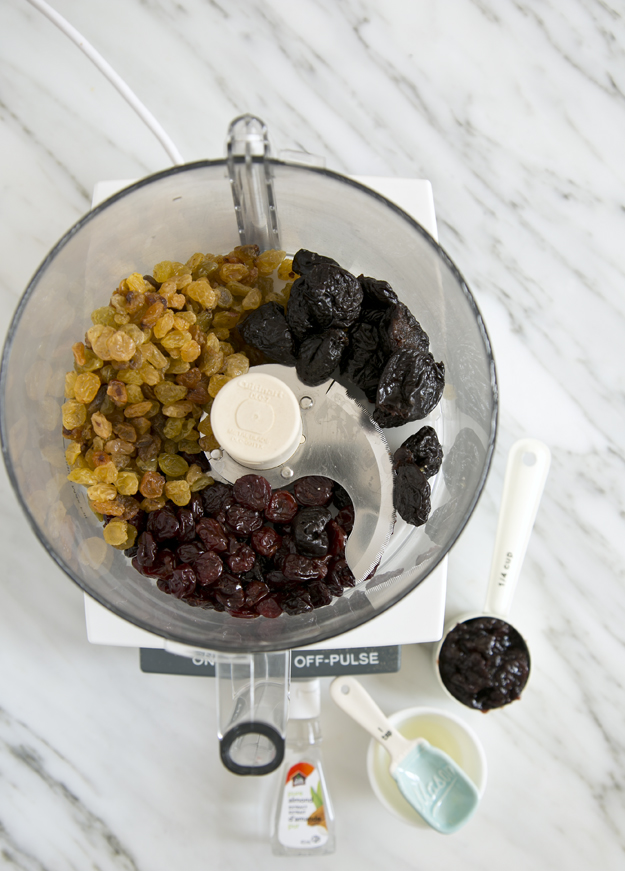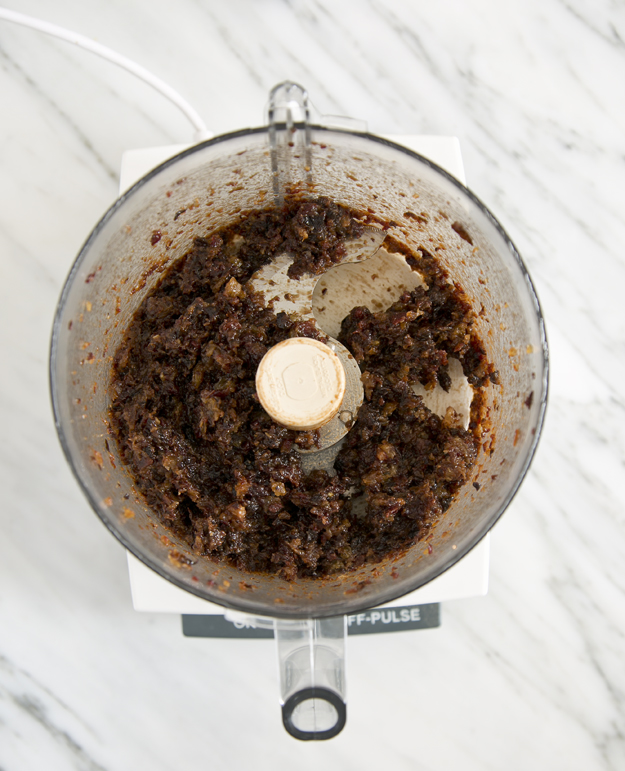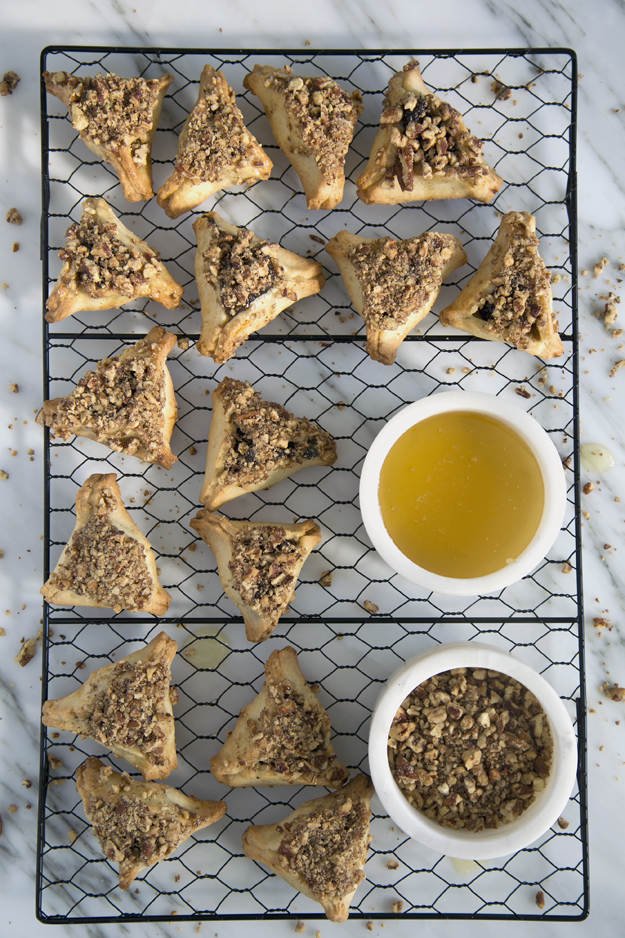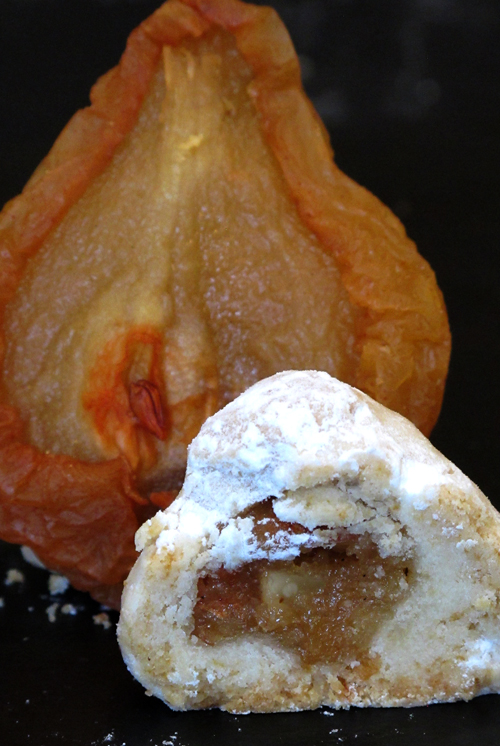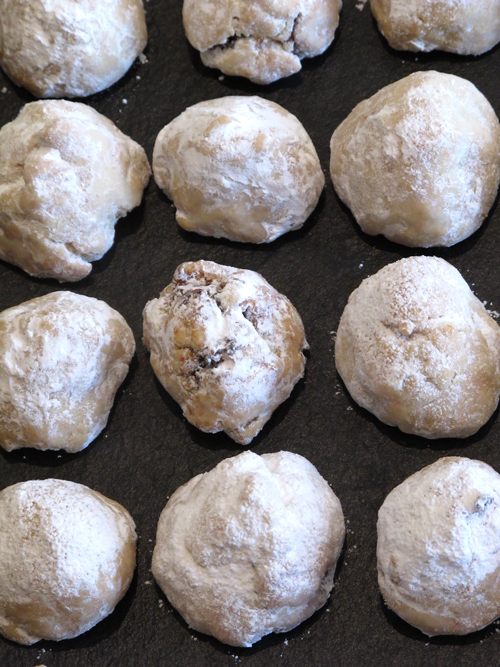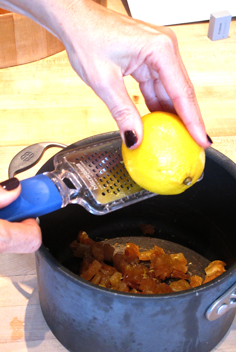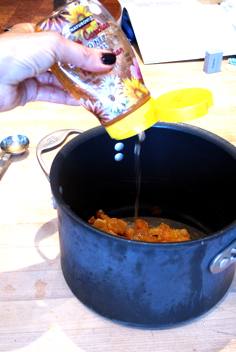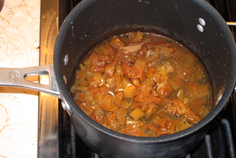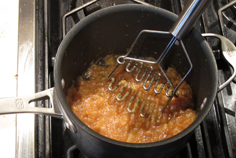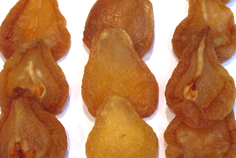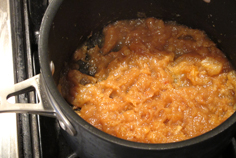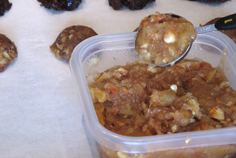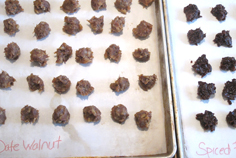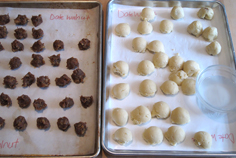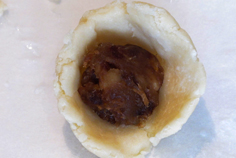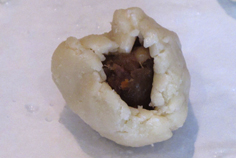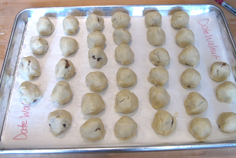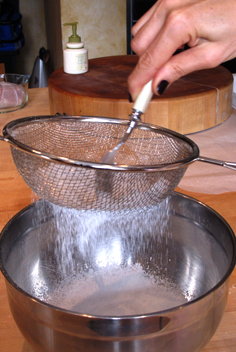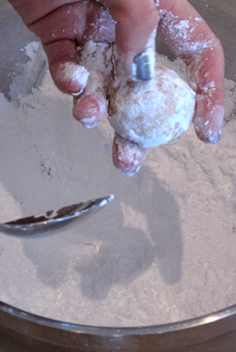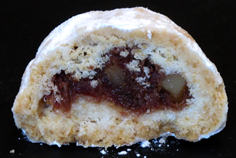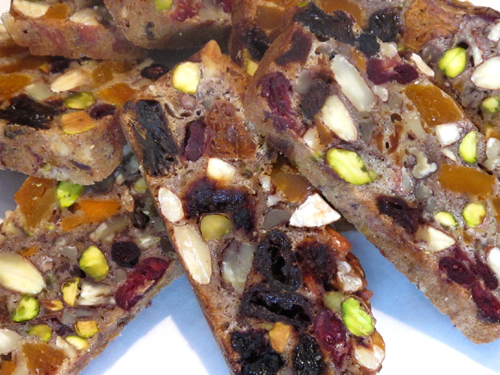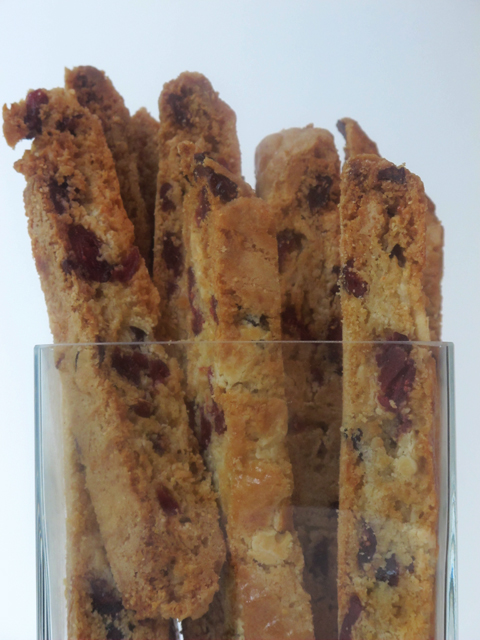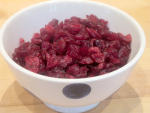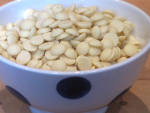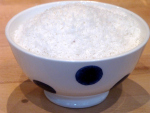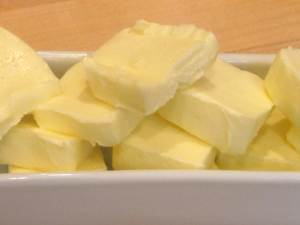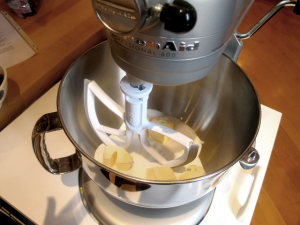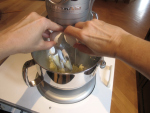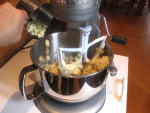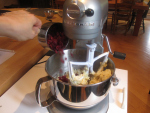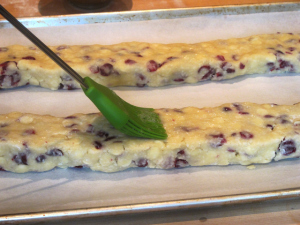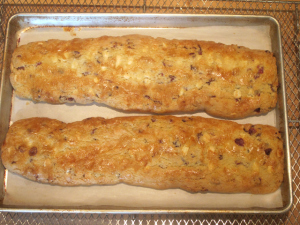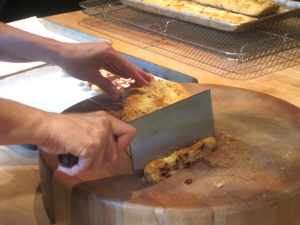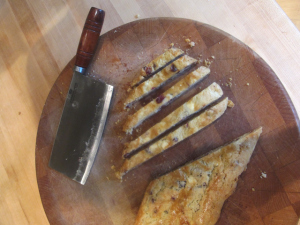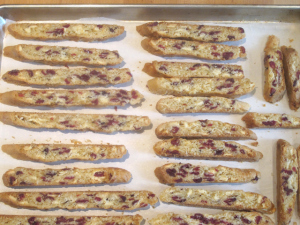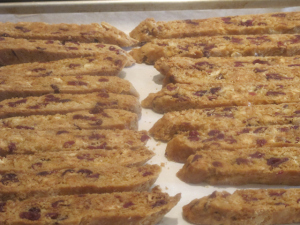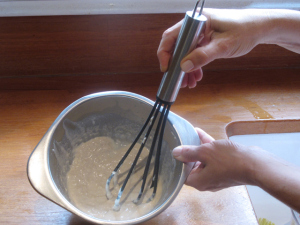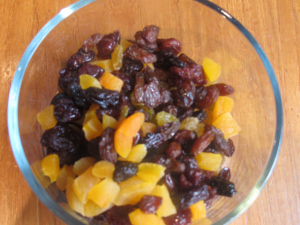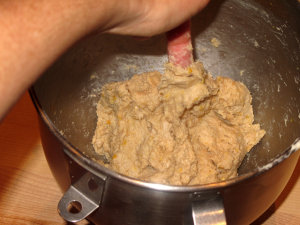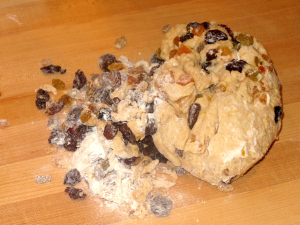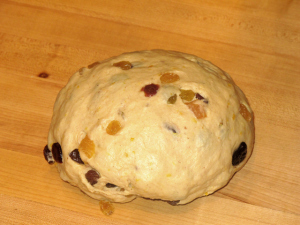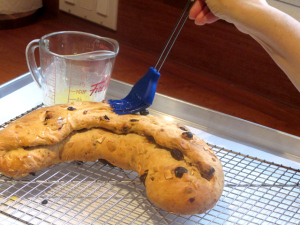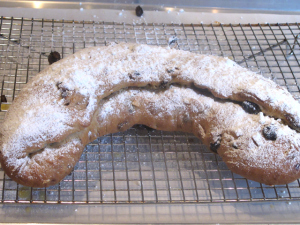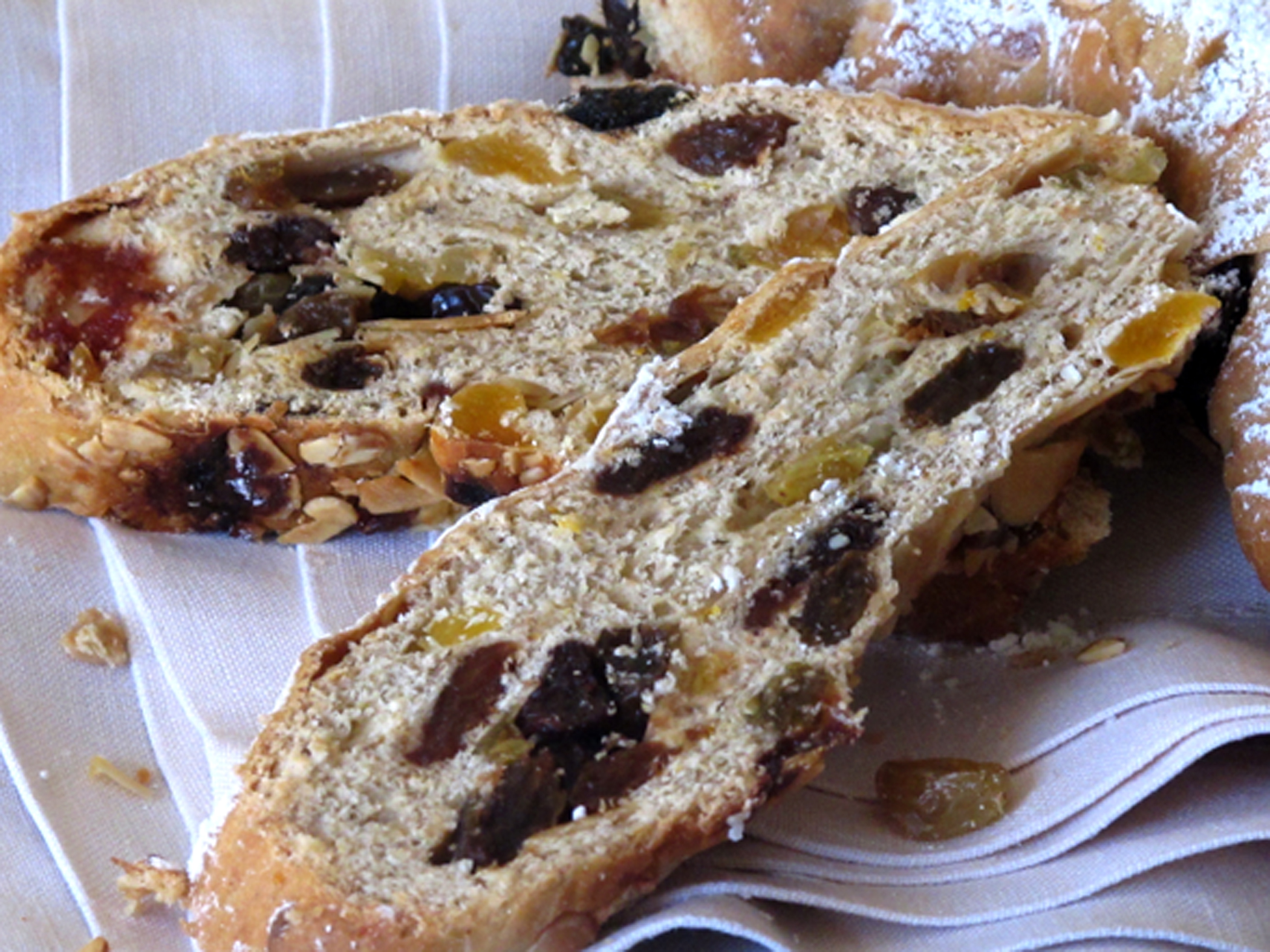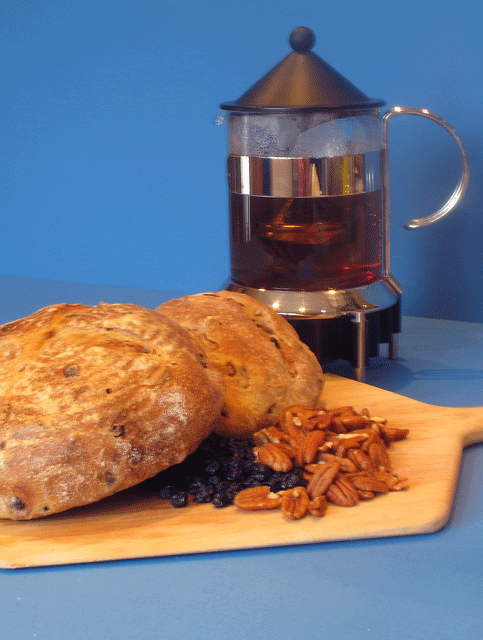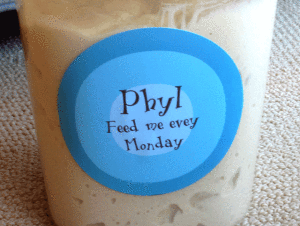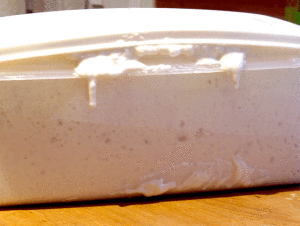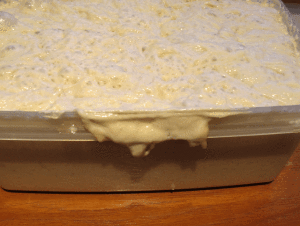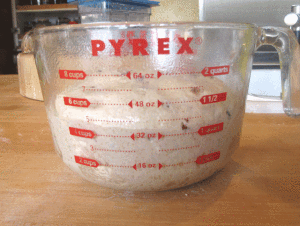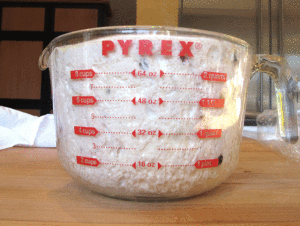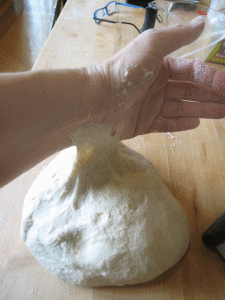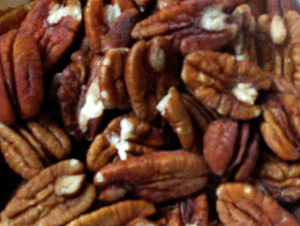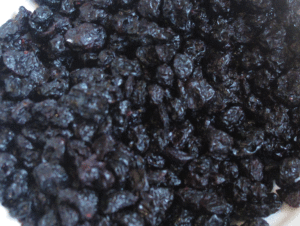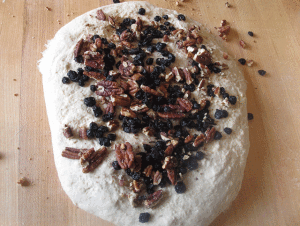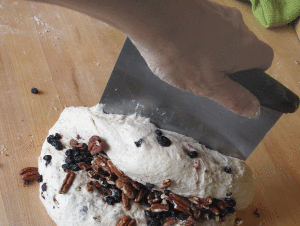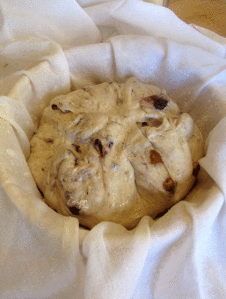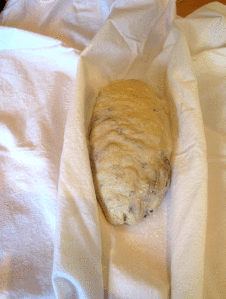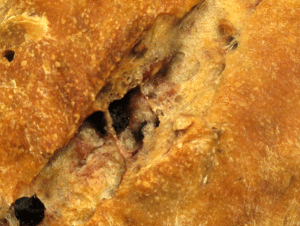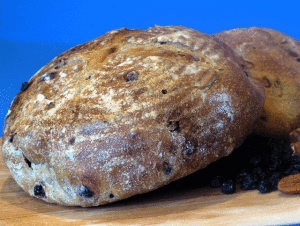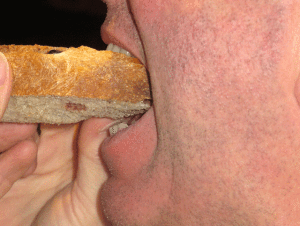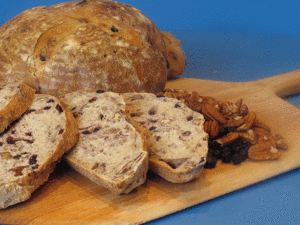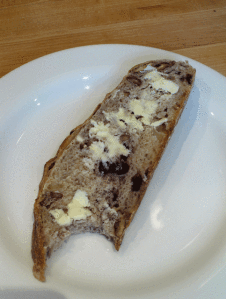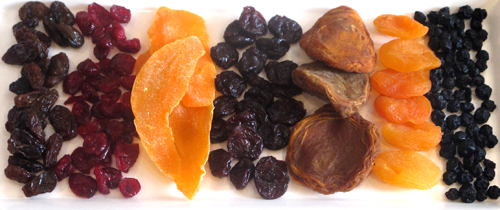
I have been very busy the past few days testing dessert recipes with dried fruits and nuts. This has been challenging on several fronts. In the first place these are not exactly my type of desserts. I typically answer to the calls of chocolate, mint, coconut or caramel. Secondly, we are trying to eat a bit lighter this month in order to make up for our December cookie gluttony. Why, you may be asking, is she doing this? Well, it’s all for a good cause.
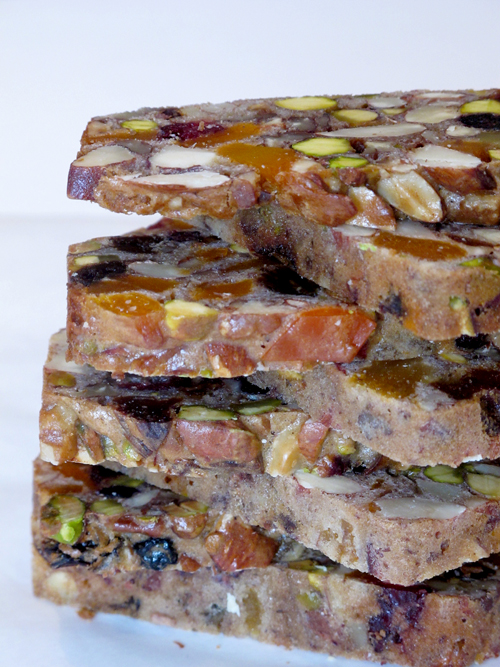
There is an organization here in Ottawa known as the Friendship Circle. They pair volunteer teens and children with special needs for hours of fun and friendship. This organization envisions a world in which children with special needs and their families experience acceptance, inclusion and friendship. My youngest son, who has Cerebral Palsy and Autism, has been a benefactor of this program for almost 4 years now. Every Sunday, his friend comes over for a visit. Sometimes they go bowling, sometimes to a movie, but mostly they just hang out at home playing Nintendo Wii or watching a DVD. This has been a life enriching experience for both my son and his friend.
A secondary goal of the organization is to provide some respite for the moms of these special needs children. They started a “Mom’s Night Out” program last year. When they asked me to give a cooking class for the moms last year, I happily accepted. I was in the middle of my Bread Baker’s Apprentice Challenge, so I wowed them with challah, bagels and cinnamon buns. In the fall, they asked me if I would do it again this January. Of course I accepted. When the organizer called me last week to discuss the evening I suggested we do a class on how to incorporate more whole grains into your life. I thought this would be perfect for January. She said that the moms really wanted a class on Tu B’Shvat desserts. There was a momentary pause and then I said, “Sure, no problem.” After I hung up the phone I ran to my computer and Googled “Tu B’Shvat.”
Although I am Jewish, and have heard of Tu B’Shvat, it is not one of the major Jewish holidays. (The big 4 being Rosh Hashanah, Yom Kippur, Chanukah and Passover). A little research was in order here. Tu b’Shvat, which begins sundown on January 19 this year, celebrates the New Year for Trees. In essence, it is a celebration of nature and the fruits of the land of Israel. Jewish tradition marks this date as the day when the sap in the trees begins to rise, signaling the earth’s awakening from its winter slumber and heralding the beginning of spring. Say what?? Beginning of Spring? Anyone looked out the window today?
Yes. I realize most of us are still digging out from the last snowstorm and bracing for the next onslaught of white stuff. But trust me, in Israel, last time I checked, it was 15º C (59º F) in Tel Aviv. Next week, on Tu B’Shvat, Jews in Israel, and all over the world will mark this day by planting trees and eating dried fruit and nuts. Of course it’s not all about planting trees and gorging on dried fruit. Rabbi Naphatli Hoff, at torah.org, makes an interesting observation on how the seasons often parallel our own lives.
“Of all of the yearly seasons, there is perhaps no greater disparity than the one that exists between the seasons of winter and spring. Winter represents stagnation and unrealized potential, when all signs of growth lie hidden inside of the trees. There are no external signs of development, no expressions of vitality. All we see is an empty tree trunk; the fruit and leaves of last season have long since fallen away.
Spring, on the other hand, symbolizes burgeoning vitality. Everything is new and exciting. Trees that have remained dormant for the past few months start to show new signs of life. Buds begin to sprout, flowers start to open. Nature once again reveals its true beauty.
This contrast is true in human life as well. Circumstances sometimes force us into our own personal “winter,” when struggles and challenges strip us of our innate vitality. There are other times in which we seemingly experience only joy and excitement in our lives. Everything points towards growth and accomplishment.
We must realize, however, that there are two distinct ways for a person to approach the winter-like situations in his own life. The aforementioned contrast between winter and spring is only true if one views winter as the death-knell of summer. The beauty of the seasonal cycle, however, is that one can alternatively view winter as ushering in the upcoming spring. No matter what challenges a person faces, there are always better days awaiting him. Such a person knows no limitations, no dormancy. Life is a continuous cycle pointed in the direction of growth.
This is the message of Tu B’Shvat. In the middle of the winter, when everything around us seems so cold and bleak, think of spring. Eat fruit. Sing joyous tunes. Plant new trees. Always look for the good.Tu BShvat provides us with many essential, real-life lessons. We celebrate Tu B’Shvat knowing that we will continue to weather the storm of life, no matter what that particular “season” has in store. “
So, back to my original mission, dried fruit and nut desserts. I have come up with 3 wonderful recipes that fruit and nut lovers will be thrilled with. I have to admit, even I thought they were delicious.
I started my research with Janna Gur’s book, “The Book of New Israeli Food.” Janna didn’t disappoint. In the index I found a recipe for Tu B’Shvat cake. Perfect. As I read through the recipe I started to think, “It’s beginning to look a lot like Christmas.” This was a fruitcake recipe. Almost a pound of assorted dried fruit and nuts, held together with miniscule amounts of flour, sugar and eggs. Well, I am all for Culinary Co-existence. No reasons Jews can’t bake fruitcake.
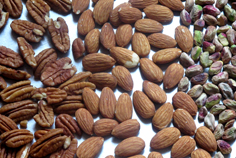
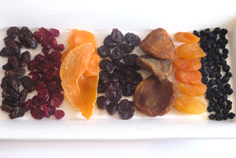
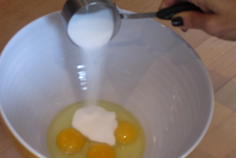
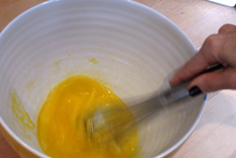
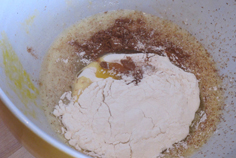
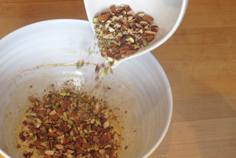
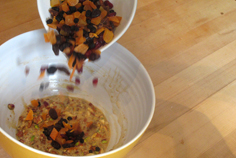
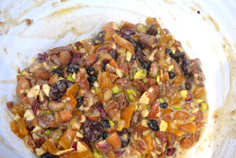
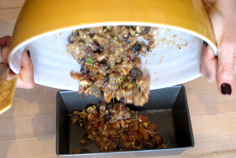
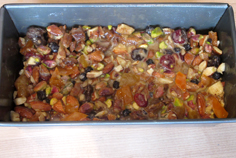
At this point I looked at the cake and wondered how this dense gooey mixture would transform itself into a cake. It does not rise very much and resembles a fruit and nut brick when you turn it out of the pan. But once I waited for it too cool and sliced it, I was in for a surprise. Crunchy around the edges and chewy in the middle, this cake is chock full of goodness. It is even better the next day. In my effort to abstain from sugar this month, I had just half a slice and sent the rest off to my husband’s office. Come back tomorrow and Friday for more dried fruit and goodness!
SaveSave
SaveSave
SaveSave
